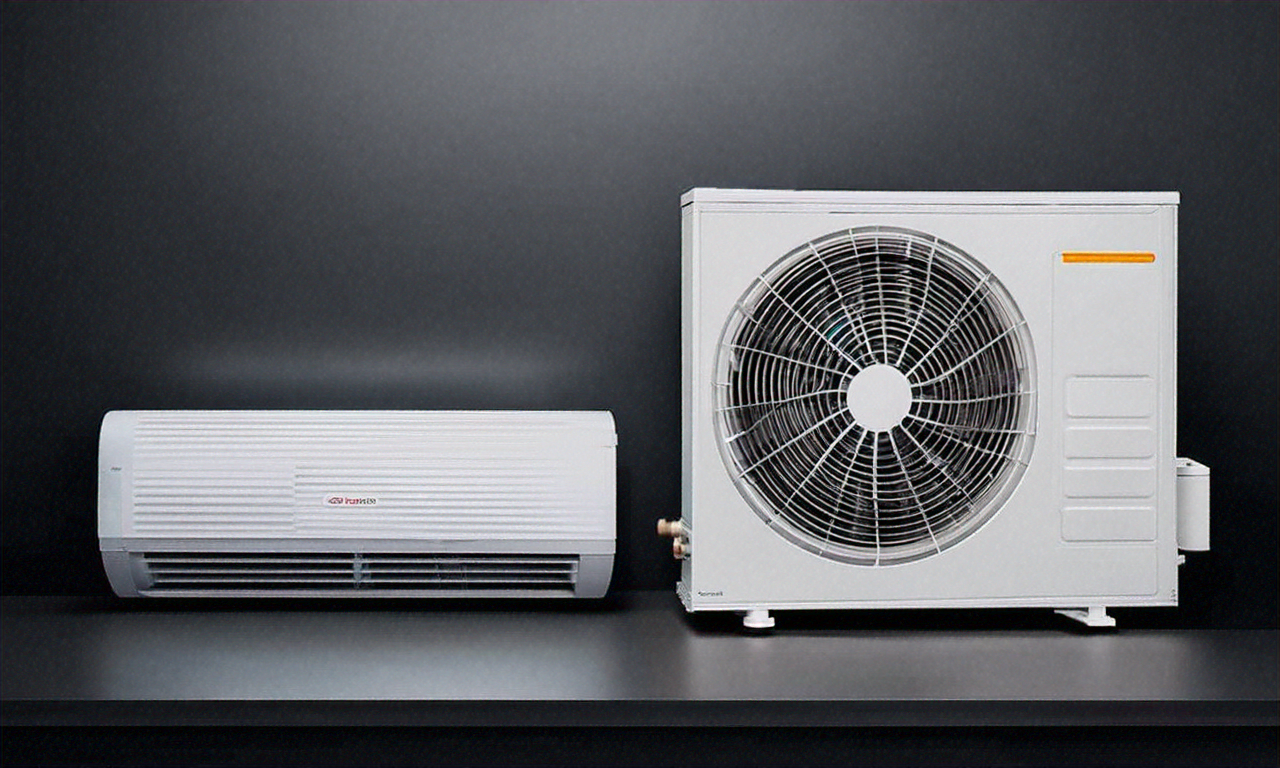Portable Air Conditioning Units vs Traditional Installation: The Complete Guide
In the evolving landscape of home cooling solutions, portable air conditioning units have emerged as popular alternatives to traditional installed systems. Whether you're renting a property, need flexibility in cooling different spaces, or are looking for a supplemental option to your existing HVAC system, understanding the differences between portable and traditional air conditioning can help you make informed decisions. This comprehensive guide explores the latest innovations in portable cooling technology, how these units compare to permanent installations, and essential maintenance considerations to ensure optimal performance regardless of which system you choose.

Features of the New 2025 Portable Air Conditioning Units
The upcoming 2025 models of portable air conditioners represent significant advancements in cooling technology. These next-generation units boast impressive energy efficiency ratings, with many achieving ENERGY STAR certification despite their compact size. Most notable is the integration of smart home compatibility, allowing users to control temperature settings remotely via smartphone applications or voice assistants. The 2025 models also feature improved noise reduction technology, with average operational sound levels dropping to around 45-50 decibels—comparable to a quiet conversation.
Another revolutionary feature is the implementation of dual-inverter compressors, which adjust power usage based on cooling needs rather than cycling on and off. This results in more consistent temperatures and reduced energy consumption. Many premium models now include air purification systems with HEPA filtration, effectively addressing both cooling and air quality concerns simultaneously. Additionally, the physical design has evolved to be more aesthetically pleasing, with sleeker profiles and customizable panels that better complement modern home décor.
How Portable Air Conditioning Units Differ From Traditional Installation
Portable air conditioning units and traditional installed systems differ fundamentally in their application, cooling capacity, and installation requirements. Traditional systems involve permanent fixtures that typically require professional installation with ductwork, refrigerant lines, and electrical modifications. In contrast, portable units are self-contained systems that can be moved from room to room, requiring only a nearby electrical outlet and access to a window for venting hot air.
Installation complexity represents perhaps the most significant difference. Traditional systems involve substantial installation costs, potentially including ductwork modifications and electrical upgrades. Portable units, however, typically come with window venting kits that can be set up in minutes without specialized tools or knowledge. While traditional systems offer whole-home cooling solutions with better efficiency for larger spaces, portable units provide targeted cooling for individual rooms, which can be more economical when only certain areas need temperature regulation.
Cooling capacity and efficiency also distinguish the two options. Traditional central air systems generally provide 2-5 tons (24,000-60,000 BTUs) of cooling power, while portable units typically range from 8,000-14,000 BTUs. This difference means traditional systems cool larger spaces more effectively but consume significantly more energy than portable options when cooling smaller areas.
Tips for Maintaining Your Portable Air Conditioning Unit
Regular maintenance ensures optimal performance and extends the lifespan of portable air conditioning units. The most critical maintenance task is filter cleaning, which should be performed every 2-4 weeks during regular use. Most units feature easily accessible filters that can be removed, rinsed with water, and air-dried before reinsertion. Neglecting filter maintenance significantly reduces cooling efficiency and can lead to compressor strain.
Condensate management represents another essential maintenance consideration. While many modern units feature self-evaporating technology, some still collect water that requires periodic emptying. Check the collection tank regularly according to the manufacturer’s recommendations to prevent overflow that could damage the unit or surrounding areas. Additionally, inspect the exhaust hose periodically for proper attachment and ensure it remains unkinked to maintain optimal airflow.
At the beginning and end of each cooling season, perform a comprehensive cleaning of the unit. This includes wiping down exterior surfaces, checking for dust accumulation on cooling coils, and ensuring the exhaust system is free from obstructions. For winter storage, run the unit on fan-only mode for 30-60 minutes to dry internal components thoroughly before covering and storing in a clean, dry location.
When to Consider Air Conditioning Service and Recharge
Recognizing the warning signs that your portable air conditioning unit needs professional service can save you from complete system failure during peak heat periods. If you notice significantly reduced cooling performance despite proper maintenance and clean filters, this often indicates refrigerant issues. Unlike traditional systems, many portable units are designed as sealed systems regarding refrigerant, making professional service necessary for recharging.
Other indicators warranting professional attention include unusual noises, particularly grinding or squealing sounds that could signal mechanical problems, excessive vibration, or water leakage that persists despite proper setup. Generally, portable units should deliver their rated cooling capacity within 15-30 minutes of operation; failure to reach appropriate cooling levels within this timeframe suggests potential issues requiring professional diagnosis.
Most manufacturers recommend professional inspection every 2-3 years for portable units with regular use, compared to annual service for traditional systems. When selecting service providers, look for technicians specifically experienced with portable systems, as servicing procedures differ significantly from traditional HVAC equipment.
Comparing Portable Air Conditioning With Car Air Conditioning Service
While seemingly unrelated, portable home air conditioning units share surprising similarities with automotive air conditioning systems. Both utilize the basic refrigeration cycle, employing compressors, condensers, and evaporators to remove heat from enclosed spaces. However, significant differences exist in terms of maintenance requirements and service approaches.
Car air conditioning typically operates under more demanding conditions, experiencing temperature extremes and vibration that home units avoid. Consequently, automotive systems generally require more frequent refrigerant recharging—typically every 2-3 years—compared to portable home units that may maintain proper refrigerant levels for 5+ years under normal conditions.
Service accessibility also differs substantially. While car air conditioning service necessitates specialized equipment to access sealed automotive systems, many portable home units feature more user-serviceable components. However, both systems benefit from professional maintenance when performance issues arise. Interestingly, some portable unit manufacturers have adopted automotive-inspired design elements, including more robust compressors and vibration-dampening technology, to enhance durability and performance.
The environmental impact also differs between these systems. Modern car air conditioning systems use R-134a or increasingly R-1234yf refrigerants, while most portable home units still employ R-410A. All these refrigerants require proper handling and disposal by certified technicians, underscoring the importance of professional service for both types of systems when refrigerant issues arise.
By understanding these comparisons and differences between portable and traditional air conditioning options, consumers can make more informed decisions about installation, maintenance, and service requirements for their specific cooling needs.




